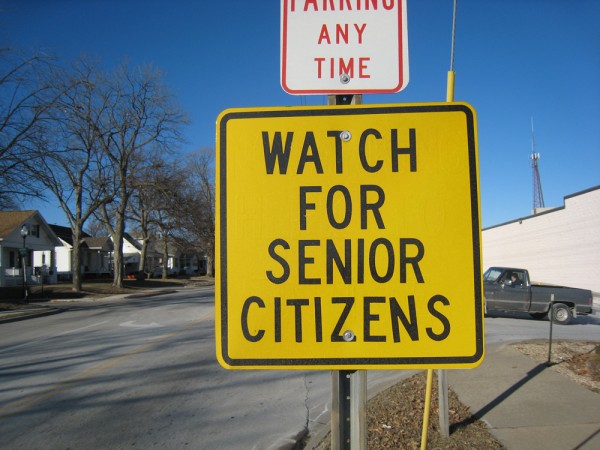Chapter 13. Aging and the Elderly

Learning Objectives
13.1. Who Are the Elderly? Aging in Society
- Understand the difference between senior age groups (young-old, middle-old, and old-old).
- Describe the “greying of Canada” as the population experiences increased life expectancies.
- Examine aging as a global issue.
- Consider the biological, social, and psychological changes in aging.
- Describe the birth of the field of geriatrics.
- Examine attitudes toward death and dying and how they affect the elderly.
- Name the five stages of grief developed by Dr. Elisabeth Kübler-Ross.
13.3. Challenges Facing the Elderly
- Understand the historical and current trends of poverty among elderly populations.
- Recognize ageist thinking and ageist attitudes in individuals and in institutions.
- Learn about elderly individuals’ risks of being mistreated and abused.
13.4. Theoretical Perspectives on Aging
- Compare and contrast sociological theoretical perspectives on aging.
Introduction to Aging and the Elderly
At age 52, Bridget Fisher became a first-time grandmother. She worked in human resources (HR) at a scientific research company, a job she had held for 20 years. She had raised two children, divorced her first husband, remarried, and survived a cancer scare.
Her fast-paced job required her to travel around the country, setting up meetings and conferences. The company did not offer retirement benefits. Bridget had seen many employees put in 10, 15, or 20 years of service only to get laid off when they were considered too old. Because of laws against age discrimination, the company executives were careful to prevent any records from suggesting age as the reason for the layoffs.
Seeking to avoid the crisis she would face if she were laid off, Bridget went into action. She took advantage of the company’s policy to put its employees through college if they continued to work two years past graduation. Completing evening classes in nursing at the local technical school, she became a registered nurse after four years. She worked two more years, then quit her job in HR, and accepted a part-time nursing job at a family clinic. Her new job offered retirement benefits. Bridget no longer had to travel to work, and she was able to spend more time with her family and to cultivate new hobbies.
Today, Bridget Fisher, 62, is a wife, mother of two, grandmother of three, part-time nurse, master gardener, and quilt club member. She enjoys golfing and camping with her husband and taking her terriers to the local dog park. She does not expect to retire from the workforce for five or ten more years, and though some government programs in Canada consider her a senior citizen, she does not feel old. In fact, while bouncing her grandchild on her knee, Bridget tells her daughter, 38, “I never felt younger.”
Age is not merely a biological function of the number of years one has lived, or of the physiological changes the body goes through during the life course. It is also a product of the social norms and expectations that apply to each stage of life. Age represents the wealth of life experiences that shape whom we become. With medical advancements that prolong human life, old age has taken on a new meaning in societies with the means to provide high-quality medical care. However, many aspects of the aging experience also depend on social class, race, gender, and other social factors.
Media Attributions
- Figure 13.1 Street Sign: Watch for Senior Citizens by Ethan Prater, via Flickr, is used under a CC BY 2.0 licence.

